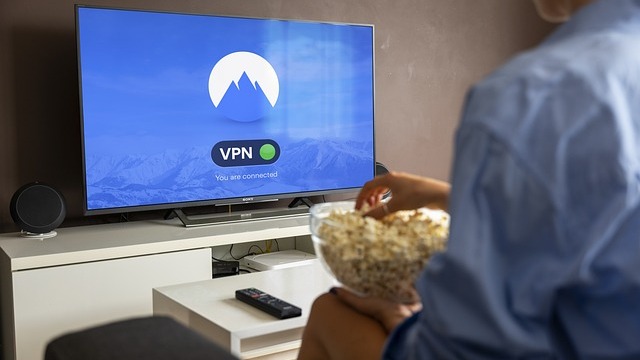
Understanding the Speed Trade-Off of VPNs
Using a Virtual Private Network (VPN) offers exceptional privacy benefits, but users often note a significant reduction in their internet speeds—sometimes by up to 50%. This phenomenon occurs because VPNs encrypt your internet traffic and reroute it through a server, which adds an unavoidable layer of latency. For activities like streaming, gaming, or video conferencing, this lag can be particularly detrimental.
Proximity Matters: Choosing the Right Server
One key factor that can dramatically affect your VPN speed is the geographical location of the server you connect to. The rule of thumb is simple: the closer the server, the faster your connection. For instance, if you're located in Boston and connect to a server in New York or even Montreal, your speed will be faster compared to a server located in Sydney or Tokyo. This principle is particularly critical for those seeking to enjoy uninterrupted streaming or competitive gaming.
Optimize Your VPN Settings for Speed
Another effective way to enhance your VPN speed is by adjusting the VPN settings. Many VPN services allow users to choose different protocols, and some are more suited for speed than others. Protocols like WireGuard can deliver better speeds compared to older ones like OpenVPN. Testing different protocols can help you find the best balance between speed and security for your specific needs.
The Impact of Server Load and Congestion
Server congestion can also significantly hinder VPN performance. When too many users are connected to a single server, it can become overloaded, slowing down everyone's connection. Selecting a less crowded server can offer substantial improvements. Most VPN services provide a list of servers and their load percentages, allowing users to choose the least populated options effectively.
Maintaining Your Internet Speed: The Role of Your ISP
Sometimes, the issue might not lie within the VPN itself but rather with your Internet Service Provider (ISP). Some ISPs throttle connections based on user activity, especially during peak hours. Monitoring your speed without the VPN and comparing it when connected can help identify whether your ISP is the culprit. If so, consider discussing this with your provider or exploring alternative ISPs that are known for their reliability.
Final Thoughts on VPN Optimization
Enhancing your VPN speeds involves a multifaceted approach—choosing the right server, optimizing settings, and staying vigilant about server loads and ISP interference. By implementing these strategies, you can enjoy the vast benefits of a VPN without compromising significantly on speed.
 Add Row
Add Row  Add
Add 




Write A Comment